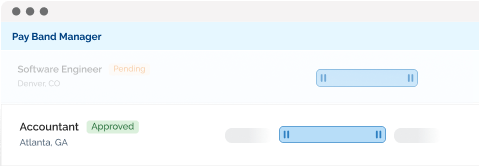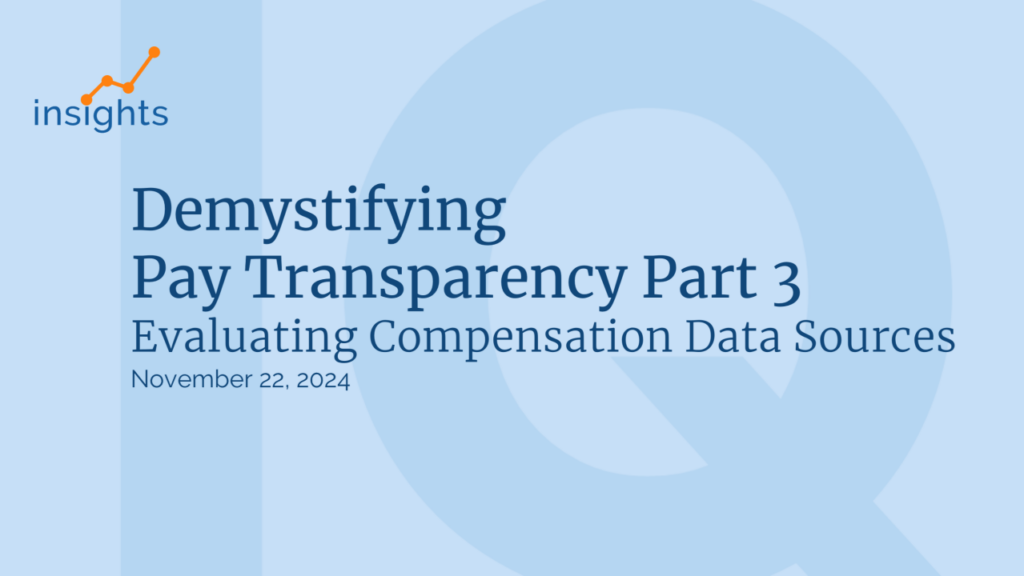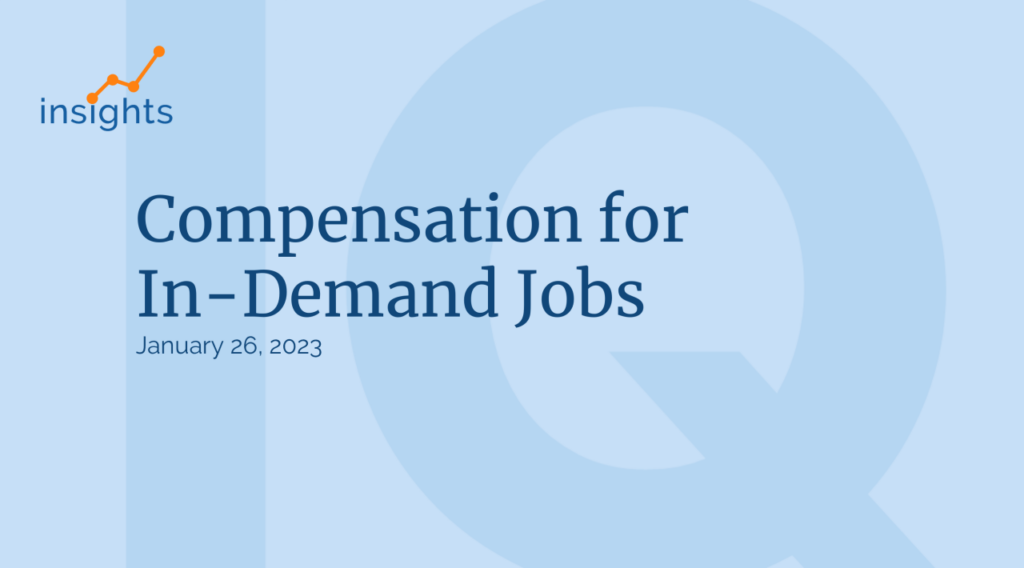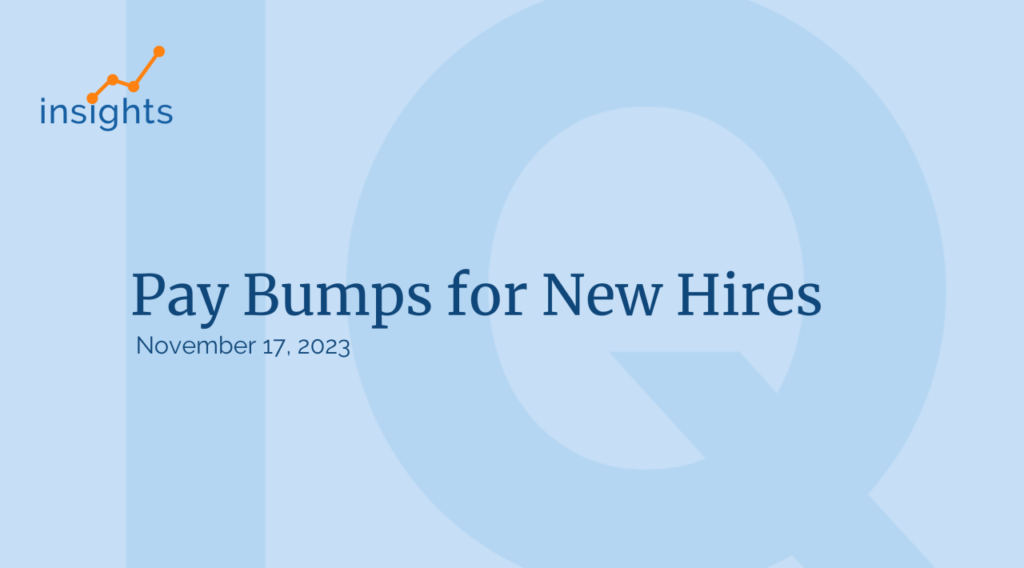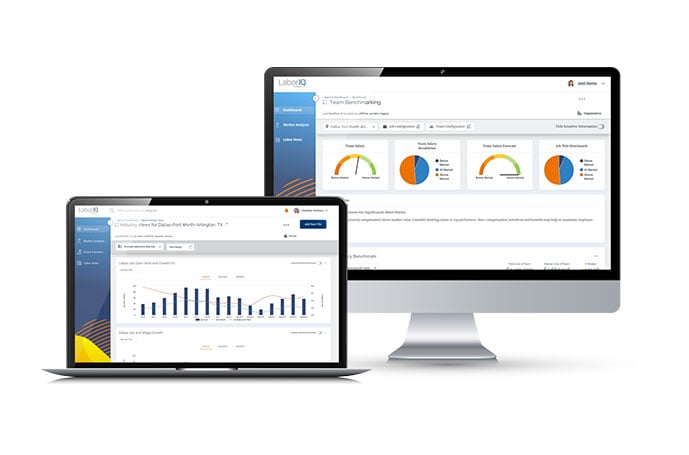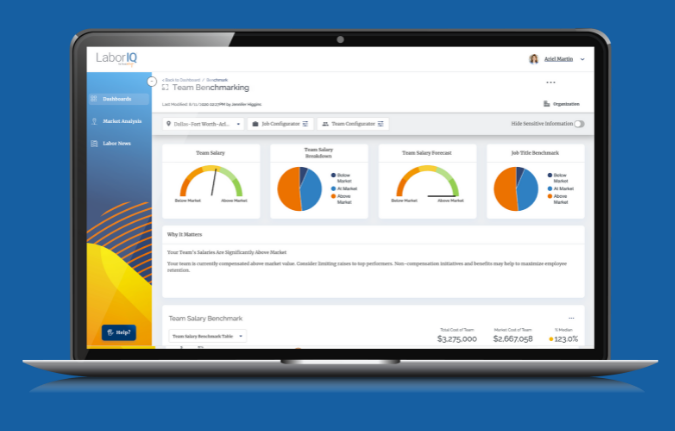Pay transparency is a hot topic in the HR world, but what exactly is it, and what factors should you consider as you determine the best approach for your business?

What is Pay Transparency?
When a business practices pay transparency, their employees’ pay rates are visible to others internally, externally or both.
There are two forms of pay transparency: partial and complete. Partial pay transparency reveals pay ranges for specific roles. Full pay transparency shows the salaries of every individual employee.
Although practicing pay transparency is not a legal requirement, a business cannot prevent employees from discussing compensation.
Adopting pay transparency can boost productivity and morale. It could also help to close the gender pay gap and protect employees in legal disputes.
However, there are a few things to consider before adopting pay transparency in your organization:
Your Goals
Do you want to improve job satisfaction and employee retention? Perhaps you want to make a more substantial commitment to diversity and inclusion? Consider your goals first, as these will determine your best approach.
Your Employees
Hiring managers and your wider HR team need to be clear on what information is to be shared with employees. For example, will you reveal how you are defining pay and whether it includes pension contributions and benefits? Employees may also want to know how roles are valued (factoring in education and experience) and how this impacts salary.
If pay rates differ among employees performing the same job, be prepared to explain your rationale and how (if at all) wage disclosure could impact the future.
The Law
The National Labor Relations Act (NLRA) and other statutes forbid employers from preventing discussions about pay. Organizations that implement pay secrecy policies in writing are breaking the law.
Remember: The NLRA applies to all employees except supervisors and managers. As a business, you should be mindful of transparency laws and ensure that your organization’s policies comply.
Middle Ground
Wage disclosure can be a tricky area to navigate. Although listing pay grades for each position can make salary negotiations easier, disclosing too much information can cause tension between employees. Aiming to strike a balance is critical.
To practice fair pay, you must first know the worth of your employees’ work. Software like LaborIQ® can help determine an accurate pay range for your employees based on education, experience, location, and industry.
Implement strategies to help avoid disparities between demographics. Performance reviews and pay equity analyses help ensure equal pay across workers and empower you to reward employees who have positively impacted the department or organization.
Overview of Pay Transparency Pros and Cons
While adopting pay transparency can be an attractive proposition to new or potential hires, shifting to such a culture may well have cons as well as pros with your existing workforce:
The Pros
-
It’s all about the optics. Adopting pay transparency shows you value all your employees equally and that you’re a progressive employer.
-
Negotiations around salary and other benefits may be easier because all the information is on the table. There is nothing hidden. There will be employees that are attracted to such an open culture.
-
Such a culture can contribute towards equal pay for both sexes if your company also addresses any anomalies positively.
-
It could attract higher qualified candidates who value an honest and open approach.
-
It could encourage and foster greater trust between company management and employees because employees will know firsthand what kind of raise they can expect in their role and what they might achieve by actively working towards a promotion.
The Cons
-
Pay transparency does not address situations where workers in some roles are paid less than those working in different positions.
-
Introducing a new transparency culture among existing employees could cause resentment and envy if there are situations where some employees are paid more to do the same job. This, in turn, could lead to lower productivity and unmotivated staff.
-
Unless you are absolutely clear about why specific roles are paid more/less than others, your employees could make unfair comparisons, thereby causing confusion.
-
Pay transparency could potentially increase your staff turnover rates.
-
Adopting a new pay transparency culture has to be communicated to employees in a timely and sensitive manner. It can’t just be introduced overnight. Instead, it’s essential to present the positive aspects while acknowledging and addressing the potential fallout.
Making Your Pay Transparency Decision
Overall, disparities in pay can tarnish the reputation of employers and limit growth. Although pay transparency policies can be tricky to implement and can potentially seem controversial, you should not underestimate the benefits. Are you looking to establish an open and honest workplace culture? If so, pay transparency could be the way to go. However, an informed and systematic approach to implementation is critical; transparency can cause tension and leaves room for wage disparities to be taken out of context. Taking the time to consider your strategy and being frank with your employees is an essential first step to introducing pay transparency to your organization.










